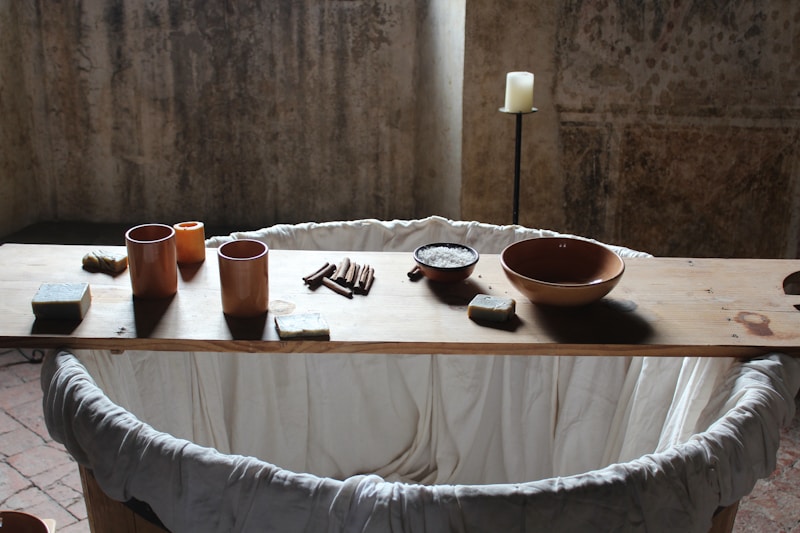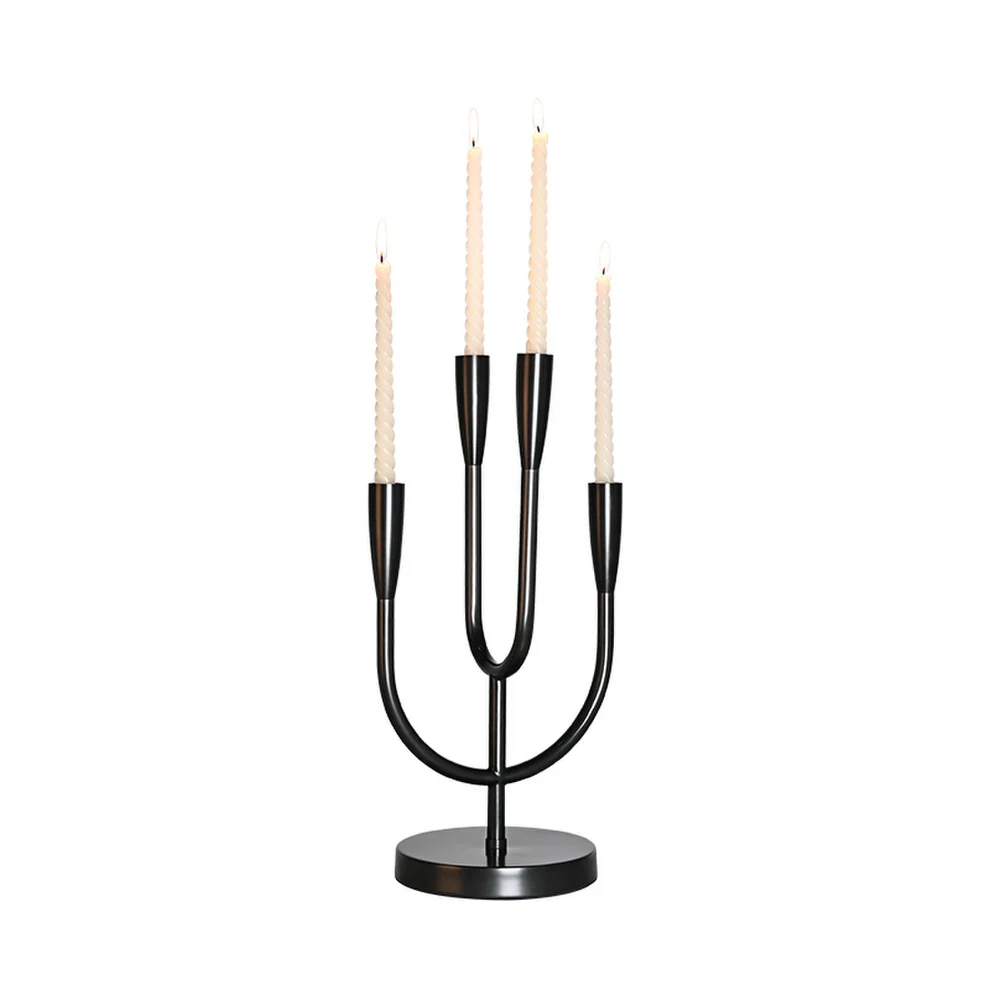Crafting the Perfect Medieval Dining Environment: A Journey Through Time
Crafting the Perfect Medieval Dining Environment: A Journey Through Time
Creating a medieval dining environment is not just about setting a table; it's about transporting your guests back to a time filled with feasting, revelry, and historical charm. Whether you are hosting a themed dinner party or planning a Renaissance fair, understanding the elements that define a medieval dining experience is essential. This article will guide you through the various aspects of crafting an authentic medieval dining environment, from decorations and table settings to food and entertainment.
Understanding the Medieval Era
The medieval period, also known as the Middle Ages, lasted from the 5th to the late 15th century. It was a time of castles, knights, and grand feasts. Understanding the culture of this era is crucial when creating an authentic dining environment. Notably, the dining customs varied significantly between the social classes, with nobles enjoying opulent banquets while peasants had simpler fare.
Table Settings and Decorations
To set the perfect medieval dining environment, your table should reflect the grandeur of the period. Here are key elements to consider:
- Tablecloths and Napkins: Use heavy fabrics like linen or wool. Earthy tones or deep reds, greens, and browns underline a medieval aesthetic.
- Dinnerware: Choose wooden platters, pewter goblets, and earthenware for authenticity. Avoid modern materials like glass or plastic.
- Centerpieces: Incorporate candles, flowers, or seasonal fruits to create a natural look. Use rustic pottery or wooden bowls to enhance the rustic charm.

Food and Beverages: Savoring the Medieval Feast
The heart of any medieval dining experience lies in the food. Medieval feasts were lavish and featured an array of dishes. Consider incorporating these elements when planning your menu:
| Course | Example Dishes | Suggested Beverages |
| Appetizers | Cheese platters, Pottage, Bread | Mead, Ale |
| Main Course | Roast meats (like peacock or boar), Stews | Wine, Cider |
| Desserts | Fruit tarts, Honey cakes | Sweets wine |
When choosing food and beverages, consider locally inspired recipes, as medieval cuisine varied from region to region. Highlighting fresh, seasonal ingredients will add authenticity to your banquet.
Atmosphere: Creating the Right Ambiance
Lighting is another vital component. Dim lighting can mimic the flickering candles of the era. Use candelabras or lanterns instead of Modern lighting fixtures. If you want to go the extra mile, incorporate sounds of medieval music or even hire performers to recite poetry as guests dine.
Entertainment: Engaging Activities for Guests
In medieval times, feasting was often accompanied by entertainment. Here are some ideas to engage your guests:
- Live Music: Hire musicians to play period instruments like lutes or flutes.
- Games: Include traditional games from the era. Consider chess or dice games to add an interactive element.
- Storytelling: A bard could entertain guests with stories from medieval legends or folk tales.
Additional Tips for Crafting the Perfect Environment
Combining all elements effectively will create a united theme. Here are some extra tips:
- Costumes: Encourage guests to dress in medieval attire to deepen their immersion in the experience.
- Seating Arrangements: Arrange for long communal tables, reflecting the layout of feasting halls.
- Historical Context: Provide guests with a brief history lesson on medieval dining customs to enhance their understanding and appreciation.
Final Thoughts and Recommendations
Creating the perfect medieval dining environment involves meticulous attention to detail, from the table settings to the food and entertainment. By engaging in historical research and considering the key elements outlined in this article, you can craft a unique experience that not only showcases the splendor of the Middle Ages but also allows your guests to indulge in the joy of communal dining. Remember to maintain an authentic atmosphere, and don't shy away from inviting your guests to participate in the theme, whether through costume or involvement in the entertainment. Happy feasting!
